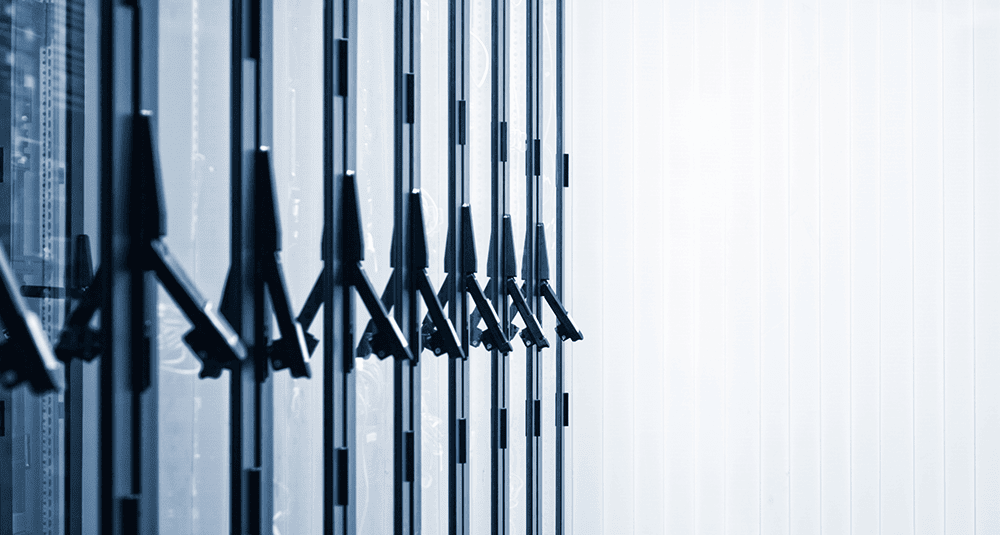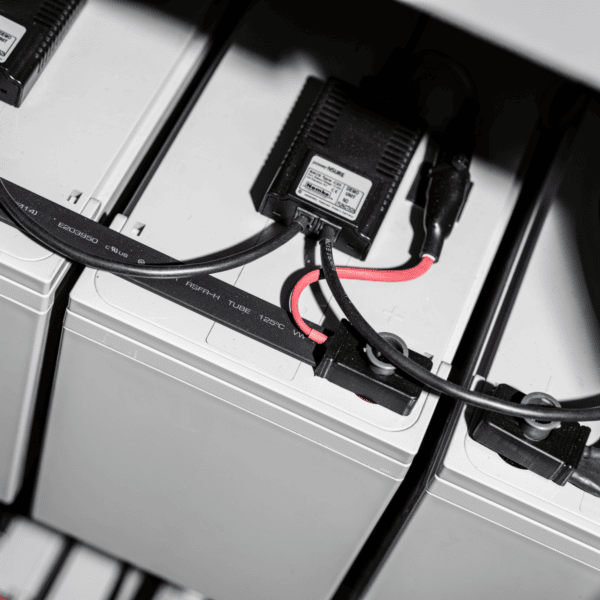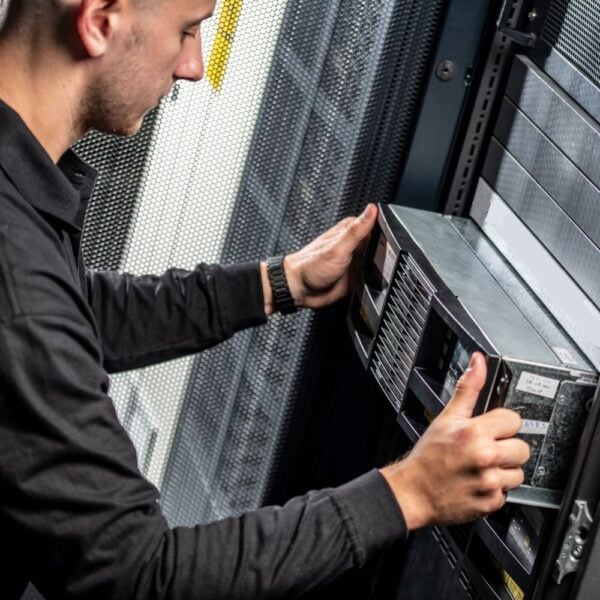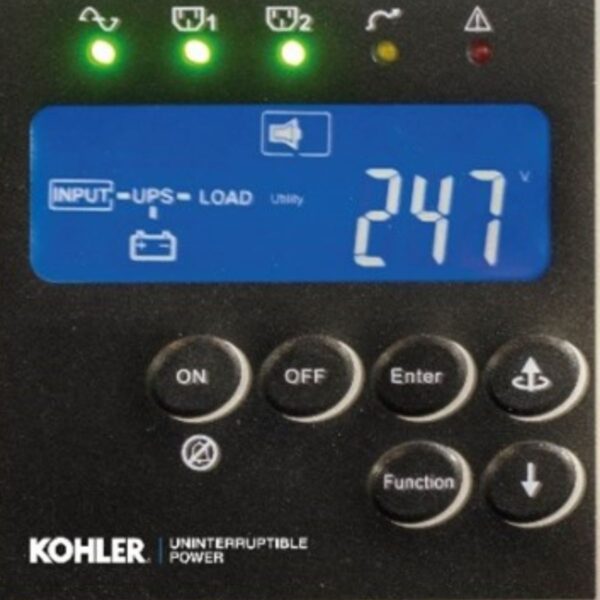With data centres running on guaranteed 24/7 availability, operators understand the vital role that uninterruptible power supplies (UPS) play in supporting the critical load. Here are some power tips to help data centre operators stay ‘green’.
1. Reduce physical UPS footprint:
Suppose a data centre has a load requirement of 120kVA and runs on a redundant UPS configuration to support its critical load. Such a requirement could be fulfilled by two 120kVA standalone UPS cabinets sharing the load.
Alternatively, a single rack containing four modular rack-mounting 40kVA UPSs can be installed. This is also a redundant system, because if a single 40kVA module fails, the remaining three modules together have enough capacity to drive the critical load.
A modular UPS topology shrinks a 120kVA system footprint from 0.71m2 to 0.53m2, while the weight reduces from 860Kg to 370Kg. The critical load demand is met by a number of smaller UPSs operating in parallel rather than one large monolithic unit.
2. Improve UPS running efficiency:
Each UPS unit in the standalone example supplies half the load, 60kVA, during normal operation, so it’s 50% loaded. By contrast, each 40kVA module is more heavily loaded at 75% of its capacity. Because UPS efficiency increases with loading, the modular units run with 96% efficiency compared with 91% for the standalone units. This improved efficiency not only reduces direct energy cost; it brings further savings through reduced cooling costs and carbon emissions.
3. ‘Rightsizing’ UPS to match critical load
Suppose transaction traffic growth increases the load from 120 to 150kVA. Slotting another 40kVA module into a spare rack location will restore the system’s N+1 redundancy status, without interrupting power to the load. The UPS remains ‘rightsized’. Further growth in load demand can be accommodated by modular increments of the UPS system capacity.
By contrast, adding another 120kVA standalone unit means having to find more floor space, laying more cabling and carrying out a nontrivial installation exercise.
In essence, modular UPS topology provides secure power, uses less energy, generates less CO2, and is flexible to adapt to changing critical load demands – all attractive propositions to today’s data centre operators.
With data centres running on guaranteed 24/7 availability, operators understand the vital role that Uninterruptible Power Supply (UPS) plays in supporting the critical load.Here are some power tips to help data centre operators stay ‘green’.




